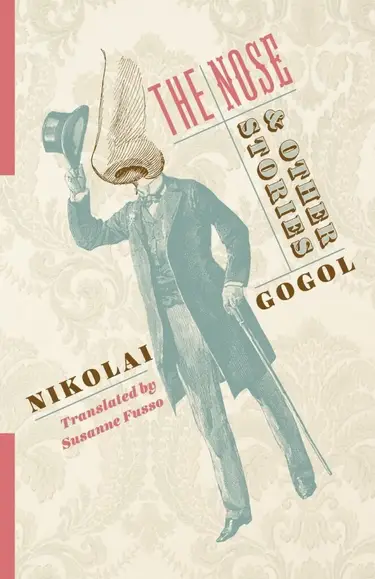The Nose

The story begins with Major Kovalyov waking up one morning to find that his nose has disappeared from his face. Shocked and bewildered, he searches frantically for his missing appendage but fails to find it. To his horror, he soon discovers that his nose has taken on a life of its own and is parading around the city, wearing the uniform of a higher-ranking official.
Major Kovalyov’s attempts to regain his nose prove futile as the nose refuses to be reattached. In a society obsessed with social status and appearances, the loss of his nose becomes a source of embarrassment and ridicule for Kovalyov. He seeks help from various authorities, including the police and the newspaper, but they are unable to assist him.The absurdity of the situation escalates when the nose is eventually discovered in a church, posing as a higher-ranked official.
Kovalyov confronts the nose, demanding its return, but the nose dismisses him and refuses to acknowledge its former connection to him. The story takes a surreal turn as the nose becomes a prominent figure in society, attending social events and gaining recognition.
Gogol’s “The Nose” satirizes the social hierarchy and bureaucracy of 19th-century Russia. The absurdity of a detached nose parading as a higher-ranking official highlights the arbitrary nature of social status. It also points out the lengths people go to maintain their positions.
The story also touches on themes of identity and the struggle to maintain a sense of self in a society that values external appearances.
Ultimately, the nose miraculously returns to Kovalyov, but the story ends on an ambiguous note, leaving readers to ponder the meaning.